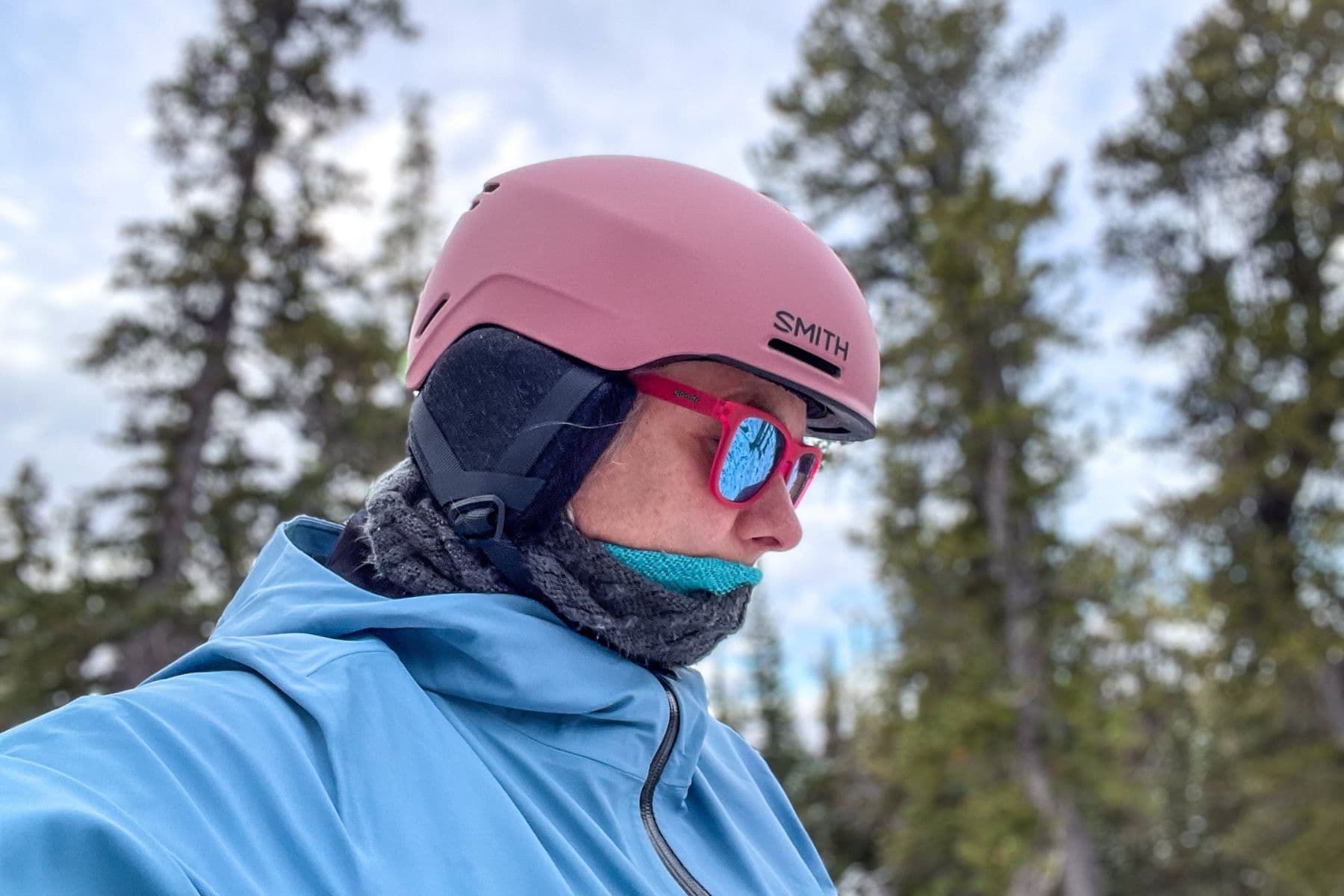When it comes to choosing a helmet, safety should never be compromised. Whether you’re a motorcyclist, bicyclist, or engage in any sport requiring a helmet, understanding the different safety ratings can help you make an informed decision.
This article explains the various helmet safety ratings, including DOT, SNELL, and ECE, and what each rating means for your protection.
1. DOT (Department of Transportation) Standard
What It Is:
The DOT standard is a federal safety standard in the United States (Federal Motor Vehicle Safety Standard 218). It’s mandatory for all motorcycle helmets sold in the U.S. to meet these regulations.
Key Tests:
- Impact Absorption: Measures how well a helmet can absorb energy in a crash.
- Penetration Resistance: Tests the helmet’s ability to withstand a blow from a sharp object.
- Retention System Effectiveness: Ensures the chin strap can stay fastened without breaking.
Labeling:
Helmets that meet or exceed DOT standards feature a DOT sticker on the back.
2. SNELL Memorial Foundation
What It Is:
The SNELL standards are voluntary and are considered to be more rigorous than government requirements. SNELL certification involves detailed testing and regular re-testing at SNELL’s labs.
Key Tests:
- Impact Management: Helmets are tested with stronger impacts compared to DOT.
- Position Stability (Roll-Off Test): Ensures the helmet stays in place during a crash.
- Chin Bar Test: Specific for full-face helmets to test the strength of the chin bar.
Labeling:
SNELL certified helmets carry a SNELL sticker inside the helmet.
3. ECE (Economic Commission for Europe) Standard
What It Is:
The ECE standard is a European safety standard which also meets United Nations regulations. It is required for all helmets sold in the European Union and is widely recognized internationally.
Key Tests:
- Energy Absorption: Similar to DOT but includes different conditions and more rigorous standards.
- Abrasion Resistance: Tests the helmet’s ability to resist wear from scraping.
- Visor Test: For helmets with face shields, the visor’s resistance to impacts is tested.
Labeling:
ECE-certified helmets include an ECE sticker typically found on the chin strap.
4. Comparing the Standards
While each standard has its own set of criteria and tests, they all aim to ensure a high level of protection for the wearer. Here’s what sets them apart:
- DOT is the minimum standard for helmets in the U.S. and focuses on basic impact and retention tests.
- SNELL offers a higher level of safety with more frequent and rigorous testing, often preferred by racing professionals.
- ECE is comprehensive, incorporating a wide range of tests and is recognized in over 50 countries.
Conclusion
Choosing the right helmet is a critical decision for anyone involved in activities that require head protection. Understanding the differences between DOT, SNELL, and ECE ratings can help you select a helmet that offers the best protection according to your needs. Always ensure that the helmet you choose is properly certified, fits well, and is appropriate for the activities you’re engaged in.
FAQs
Q: Is one safety rating better than the others? A: Each rating system has its strengths. SNELL is often considered superior for high-impact sports, while ECE offers broader international recognition.
Q: Can I use an ECE-certified helmet in the U.S.? A: Yes, ECE-certified helmets are generally accepted in the U.S., especially where higher safety standards are appreciated.
Q: Should I replace a helmet after a crash? A: Yes, it’s recommended to replace any helmet that has been involved in a crash, even if no damage is visible.








